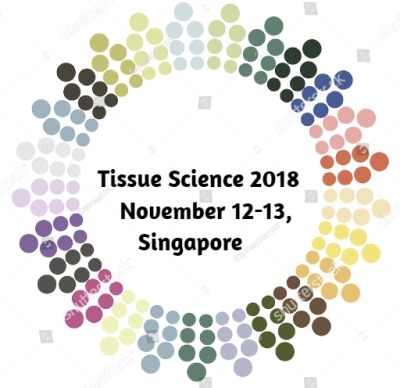
Virendra Kumar
National JALMA Institute for Leprosy, India
Title: identification of genes involved in biofilm formation in M. AVIUM and M. TUBERCULOSIS MYCOBACTERIA using molecular and electron microscopic tools
Biography
Biography: Virendra Kumar
Abstract
Electron microscopy used to investigate the detailed structure and configuration of the mycobacteria which may lead to an understanding the role of infections and in transmitting the diseases. In the natural world more than 99% of bacteria exist as biofilms and according to NIH report more then 68% of all human infections are associated with biofilms formation. Biofilms are slimy, glue-like substance that excreted by bacteria and aggregate on living surface. Biofilms are formed to protect the bacteria from host defences, antibiotics and from harsh environmental conditions. Biofilms are found almost everywhere in nature, including soil, water pipes, and even inside the human body. Many Mycobacteria can develop biofilm, a multicellular structure largely combining bacteria and their extracellular polymeric substances (EPS). The formation of biofilm results in an alternative existence in which microbes ensure their survival in adverse environments. Bacterial biofilms are often associated with infections specially with medical implants such as catheters and other medical devices. Attachment of mycobacteria involved in biofilm formation in the liquid air interface is a complex process, with many variables such as pH, nutrient levels, iron, oxygen, ionic strength and temperature, affecting the outcome.
We had taken two mycobacterial species for study of Mycobacterial biofilm. The isolates were subcultured and characterized biochemically and molecularly. M.avium developed strong amount of biofilm at 30oC and 42oC as compared to 370C. M tuberculosis (H37Rv) developed strong biofilm at 370C and no biofilm at 300C and 420C in MB 7H9 media and Sauton’s media. The selected non tuberculosis mycobacteria and H37Rv developed strong biofilm in the presence of OADC enrichment in MB7H9 as well as Sauton’s medium. Isoniazid showed strong inhibited biofilm in fast grower and sensitive isolates. However, Pyrazinamide and Isoniazid inhibited biofilm of M.tuberculosis (H37Rv) and in MDR isolates Ethionamide and Moxifloxacin inhibited biofilm in slow grower and fast grower Mycobacteria. However, many mycobacterial species are known to form biofilms, little is known about either the genetic requirements, patterns of gene expression. In micro array hybridisation we have found that six genes were expressed in M.avium. In M. tuberculosis MDR isolates seven genes were expressed and two genes Rv0359 and Rv3526 were homologus as earlier reported in P. areuginosa and M. avium which might be responsible for biofilm formation.

